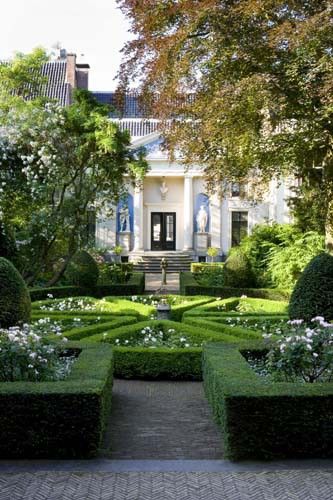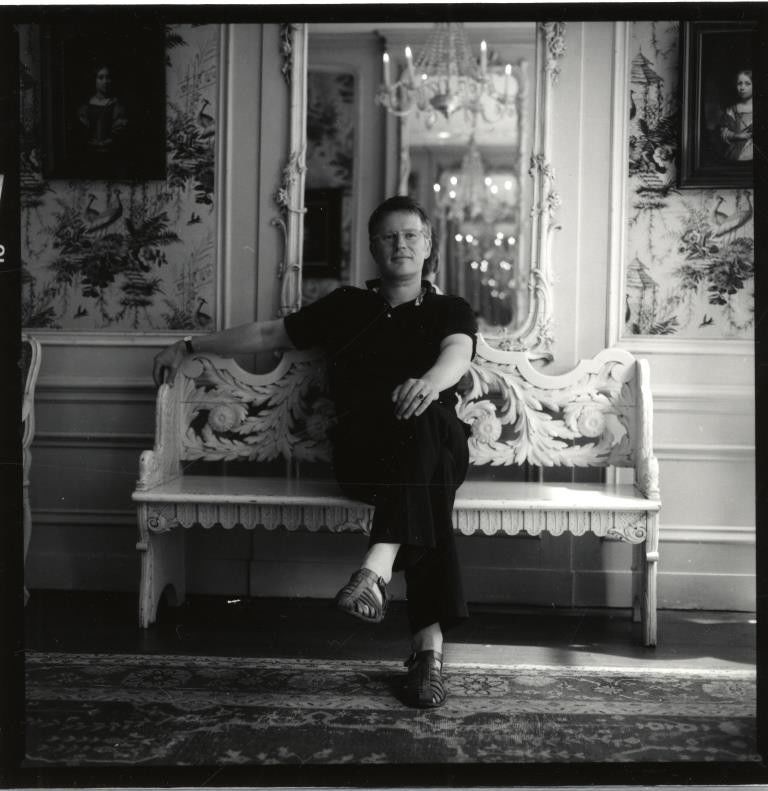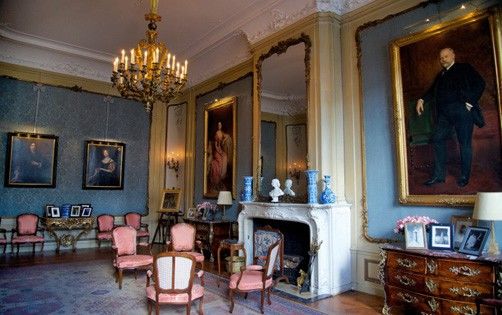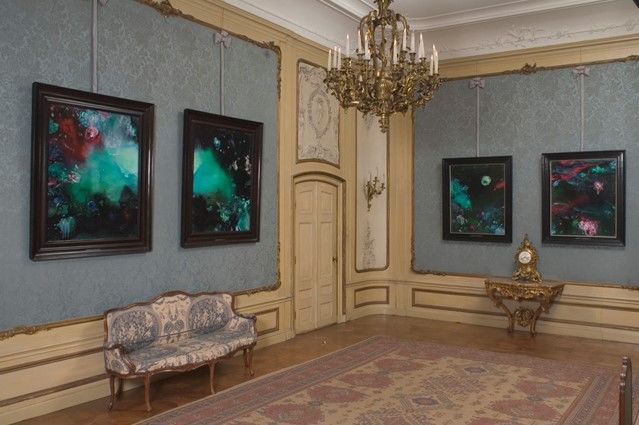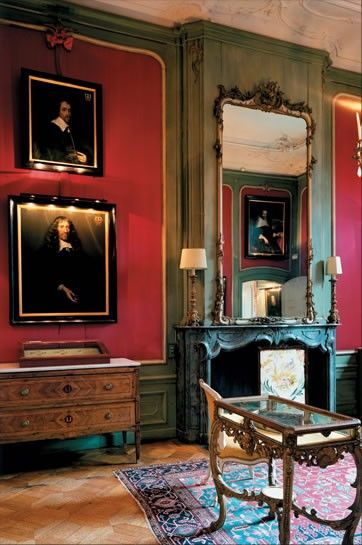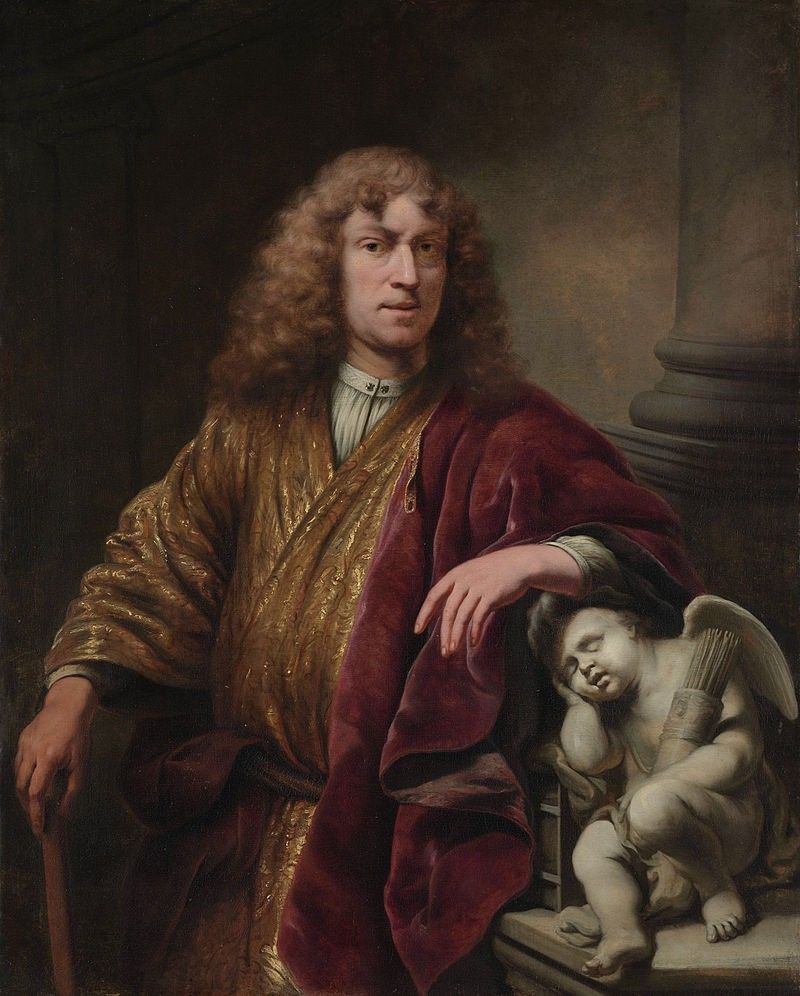Behind the Museum Van Loon: an interview with Diederik von Bönninghausen
How does one get a good impression of the history of a notable family that gained its wealth and power during the Dutch Golden Age?
By visiting the Museum Van Loon on Amsterdam’s Keizersgracht.
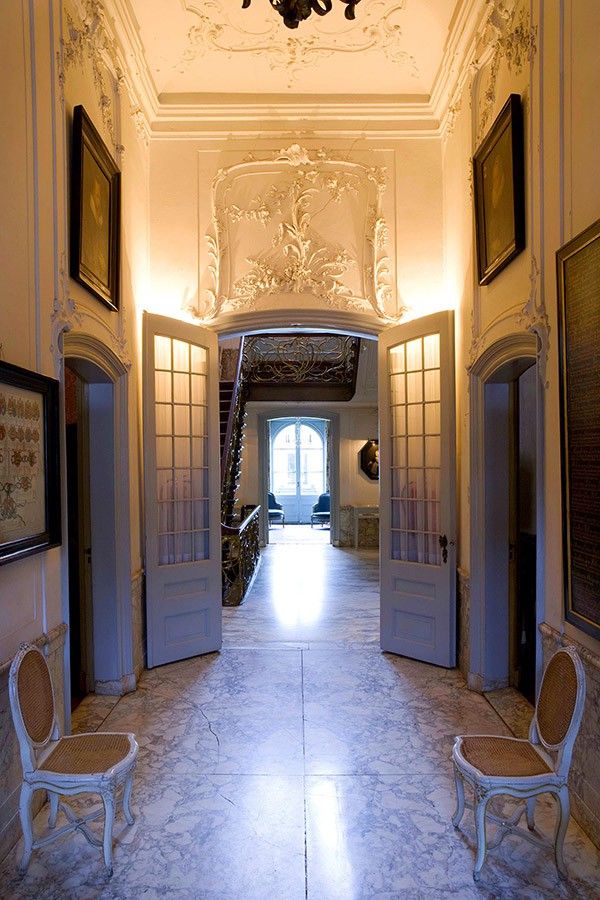
the hall at Museum van Loon
Many people refer to it as one of the most beautiful and best kept historic canalside homes of Amsterdam. When visiting the city, one simply cannot miss out on this remarkable museum, the impressive family collection that it houses and the elegant city garden that lies behind it.
The garden at Museum van Loon. Photo by Peter Kooiijman
After a design by the famous architect Adriaen Dortsman, the building of this property commenced in 1672. Its first occupant was Ferdinand Bol, Rembrandt’s most famous pupil. Since Bol its subsequent occupants have lived, laughed, enjoyed numerous meals together and collected art on these premises, even up to the present day.
The canalside house has been owned and inhabited by the family Van Loon since 1884, when Hendrik van Loon bought the home for his son Willem, and daughter-in-law, Thora Egidius. Willem’s grandson, professor Maurits van Loon, established the Van Loon Foundation in 1960 in order to preserve the house and all of its household effects for future generations. This also allowed the family to open the doors of their home to the public. After his passing, his daughter Philippa Colomb de Duanant-Van Loon succeeded him as chair of the foundation.
Diederik von Bönninnghausen in Museum Van Loon. Photo by M.J. van Hövell tot Westerflier
Diederik von Bonninghausen (1969) is the Museum Van Loon’s manager of operations. He set foot in the house during a Museumnight about sixteen years ago and has never left since. When asked what most appealed to him about this beautiful location, he answered passionately that every day- for as long as he has been working here- is different. Jokingly he says: ‘these houses require more servants than gentlemen’. What he actually means is that, even though he has specific tasks lined up for each day, the house eventually dictates what has to be done: from writing new policies to changing a light bulb and guiding a spontaneous tour. In short; this museum is very much alive!
Aside from these daily tasks, Diederik is also fulfilling his passion through his work: carrying forth Dutch national heritage. ‘Holland possesses such a rich national heritage; it's fantastic to be able to show this to the people. The Van Loon Museum takes great pleasure in doing so. There is something to suit everybody’s taste and interests. During the children’s feast of St Nicolas for example, the saint’s horse rests in the museum’s stables, attracting lots of young visitors. On the other hand, the museum is also still used as a venue for dinners and concerts and takes part in the Open Garden Days held every year in June. There is also a very active circle of friends.'
‘The museum is definitely not a static period room museum. The interior has been subject to change for many centuries’. Museum Van Loon’s art collection is historical but still expanding and it is interesting to see that the current generation, just like the ones that have passed, is commissioning artists like Erwin Olaf, Sam Drukker and Katinka Lampe to make portraits to be included in the collection.
Exhibitions of works by contemporary artists like Maurizio Catallan, Steve McQueen, John Rädecker, Alisa Margolis and coming up in 2017 Gavin Turk, are also frequently held. This can be quite challenging because these artworks need to suit the works of famous artists like Van Miereveld, Nicolaas Maes and De László already in the collection.
Philippa van Loon, an artist herself, is actively involved with these choices and the arrangements. It is generally agreed upon that all works of art are at one point in their lifetime ‘new’ and for that reason a collection can always continue to grow and evolve.
Besides the varying exhibitions there are also active circles of friends. Van Loon 672 and Van Loon 100 for example were established as an initiative by groups of young people who wanted to actively contribute to Museum van Loon. Enthusiastically, Diederik tells us that these were actually the first circles of friends set up specifically by young people in Amsterdam!
Meanwhile both circles have evolved into large yet close knit groups of friends for which many events are organised. These circles are open to everybody, young and old. They mainly contribute to purchasing new pieces as well as restoring existing ones.
Diederik's passion for natural heritage is not surprising. He grew up in a family that originated from the eastern part of the Netherlands and is therefore familiar with this cultural heritage. Furthermore, he likes to collect himself, but he makes it very clear that this is in no way comparable to the quality of the Van Loon collection.
Smilingly, he mentions that he owns, amongst other things, several paintings of ‘nudes’ en is still expanding this collection. Some of his family members were also artists, he proudly tells us. The painters Klaas Koster and Bertha Koster-Thoe Schwartzenberg are his great uncle and aunt.
So what makes this museum so special?
It is difficult to say but Diederik assumes that it has to do with the fact that the museum appeals to every type of visitor. A lot of events are organised for the Dutch visitors, focusing on contemporary as well as historical aspects. But the museum also works together with museums such as FOAM and other cultural establishments.
The collection keeps changing. Interaction with visitors is therefore just as important; everybody has an opinion about the museum or about a specific piece. For visitors from abroad it could be their first impression of a canalside house and of how people used to live and still live within the ring of canals. And let’s not forget the garden which attracts a lot of visitors during the summer months!
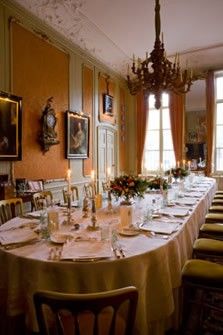

Ferdinand Bol, Rembrandt’s most famous pupil, took a wise decision to marry a wealthy lady which allowed him to lay down his paintbrushes in 1672 and move into the premises on the Keizersgracht 672 as its first inhabitant. His private art collection that once decorated the walls of the house will be featured in an exhibition coming up in 2017: Ferdinand Bol, the collection, the house, the artist.
Museum Van Loon is located in Amsterdam and is open to the public every day excluding some holidays. A must see!
For more curated antique & fine art also have a look at Gallerease!


